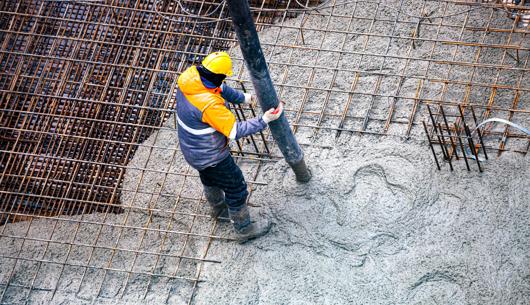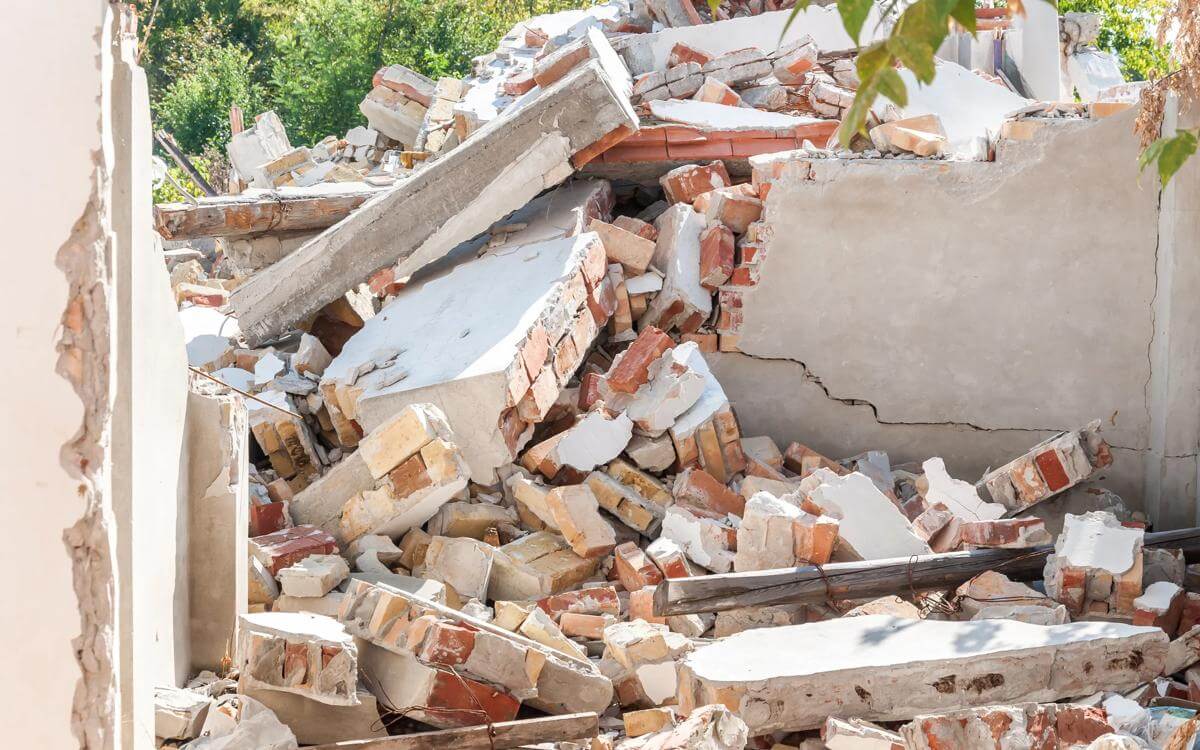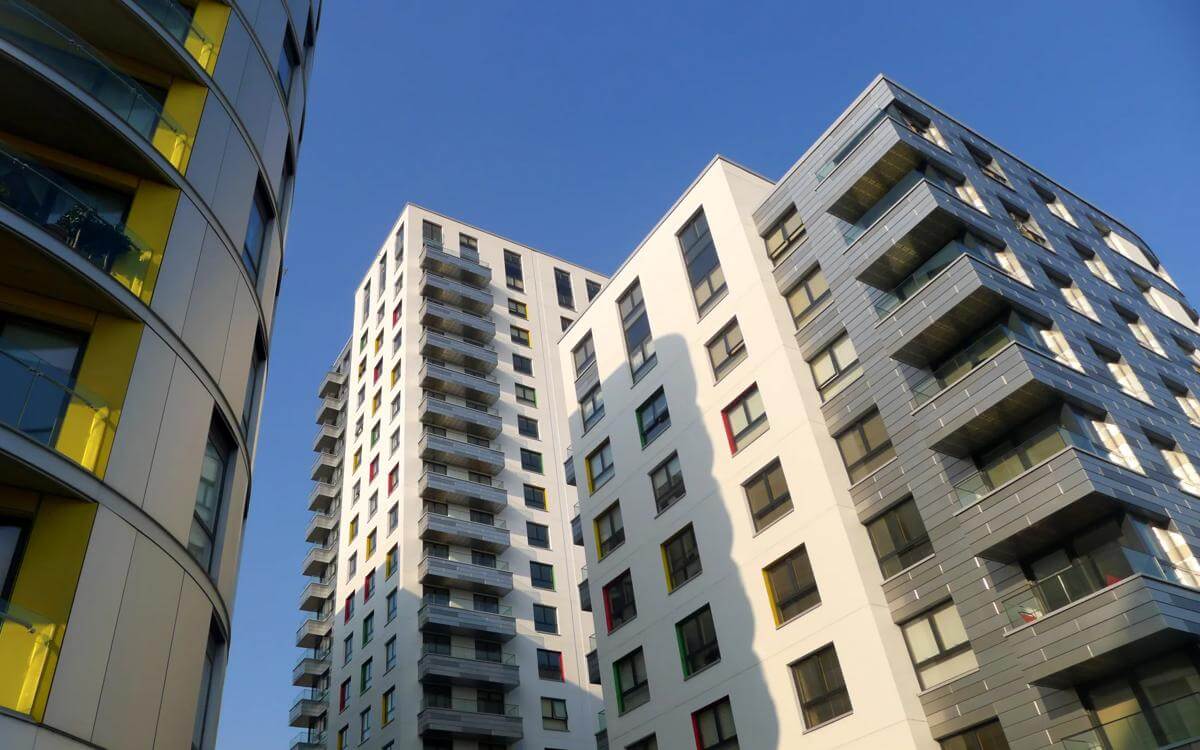As all readers will know, many schools have been deemed "liable to collapse" following the historic widespread use of Reinforced Autoclaved Aerated Concrete (RAAC). Given a life span of around 30 years, RAAC has resulted in many public buildings from the 1950s to the 1990s being deemed to be structurally un-safe. This follows a spate of incidents, including one at a school in Kent in 2018, where RAAC panels failed without warning.
To remove RAAC, extensive works must be undertaken by specialists to remove ceilings, which very often also include asbestos. This has prompted the DfE to prepare contingency plans outlining the funding of remedial or rebuilding works. The government has also confirmed it will pay for all capital costs, including for temporary accommodation.
Presently, some schools have already closed or experienced disruption because of RAAC. However, more may follow suit as the National Audit Office reported that 14,000 schools potentially have RAAC. James Porter, a building consultant, stated that the actual number of schools with RAAC is likely to be considerably higher than those identified so far.
The full extent of the problem does not appear to be limited to schools. 24 hospitals in England have also been found to have RAAC-based construction, with seven of these not fit for purpose beyond 2030.
Considerations for insurers
Despite remedial work and capital costs being covered for public buildings, it is unknown how efficiently this will be undertaken and to what is deemed as a reasonable capital cost. As such, Insurers may expect to see an increase in claims for additional costs. Further, with RAAC potentially affecting many other types of buildings, it is unknown whether the government will finance remedial work and capital costs in a similar fashion. As such, Insurers may want to review their property wordings to assess their current exposure, and whether suitable reserves are in place.
Insurers may also wish to undertake independent assessments of RAAC in insured properties or properties that are proposed for cover. In addition to the potential first party losses, insurers are reminded of the increased risk of injury in the event of building failure caused by RAAC.
Further articles on RAAC:
Contents
- The Word, September 2023
- Mind the GAP - FCA warning to GAP insurers
- Death and disgrace policies: What can insurers learn from the allegations against Russell Brand?
- Extreme weather leading to a rise in property claims
- A new digital safe space – How does the EU Digital Services Act affect insurers?
- Insurance and the Automated and Electric Vehicles Act 2018
- CyberCube’s Global Threat Outlook: The evolving threat of cyber operations
- “TOBA traps” - general exposure risk under existing TOBAs
- Making numbers easy - complying with the Customer Understanding objective
Key contact

Tim Johnson
Partner
tim.johnson@brownejacobson.com
+44 (0)115 976 6557









































